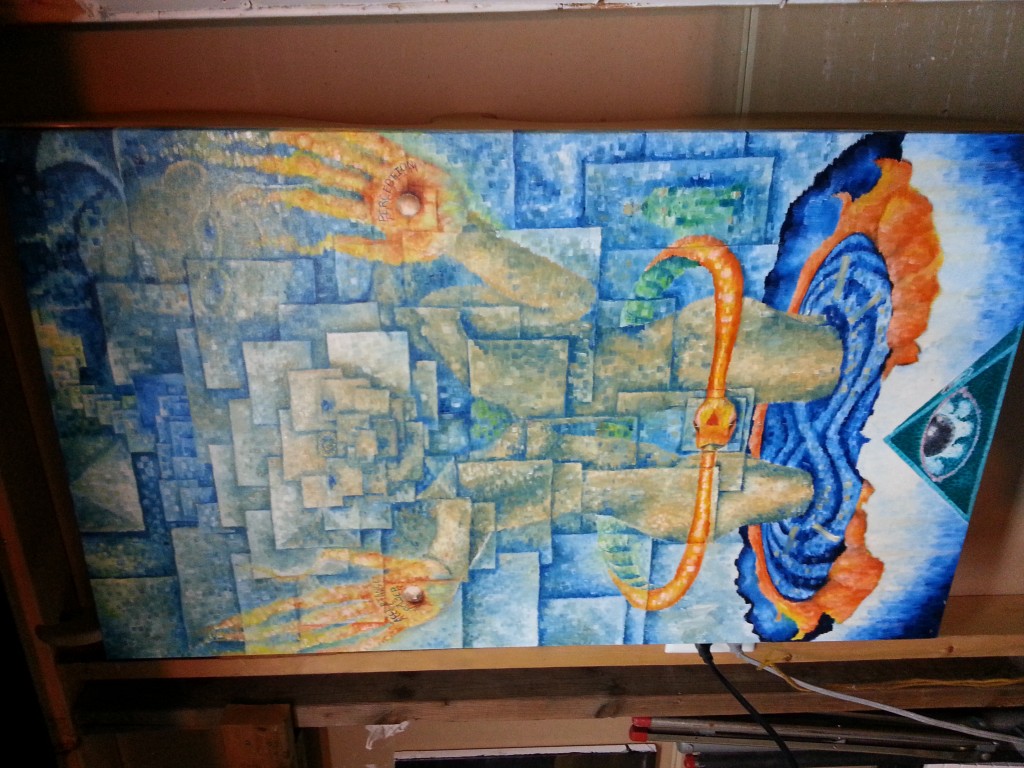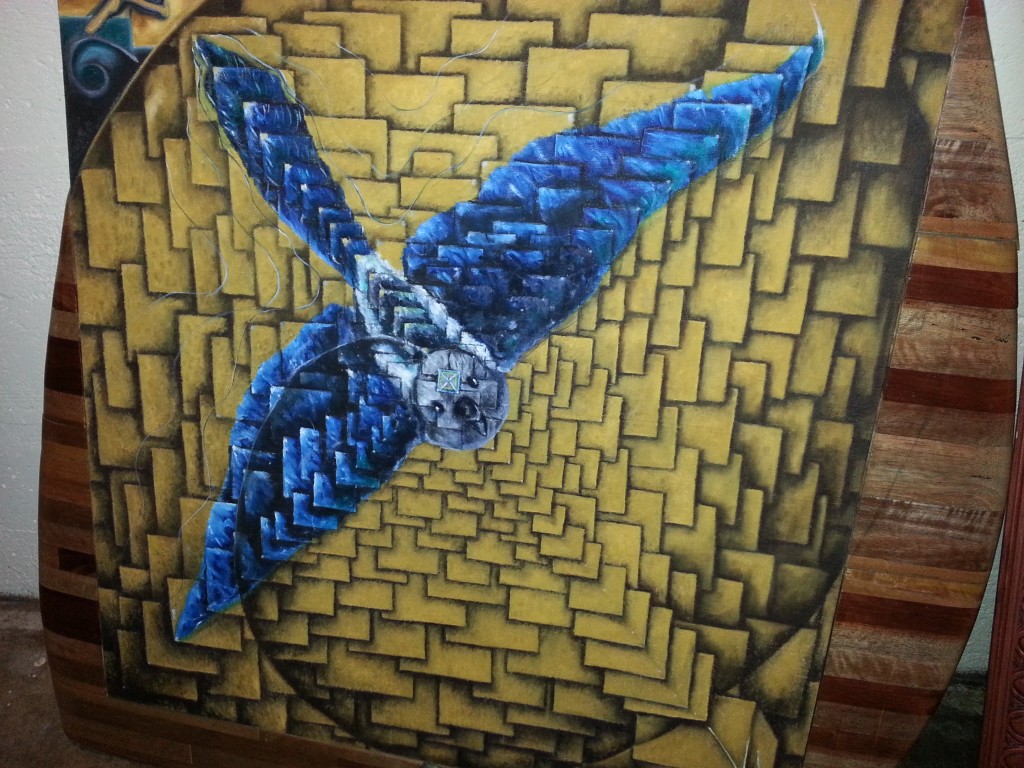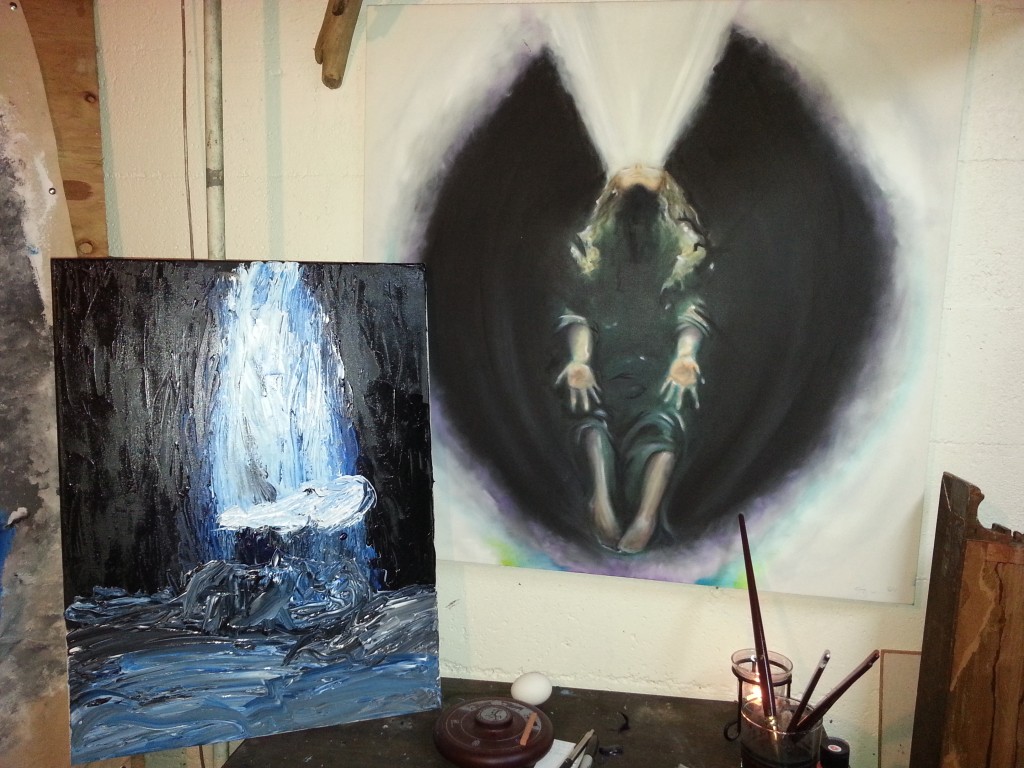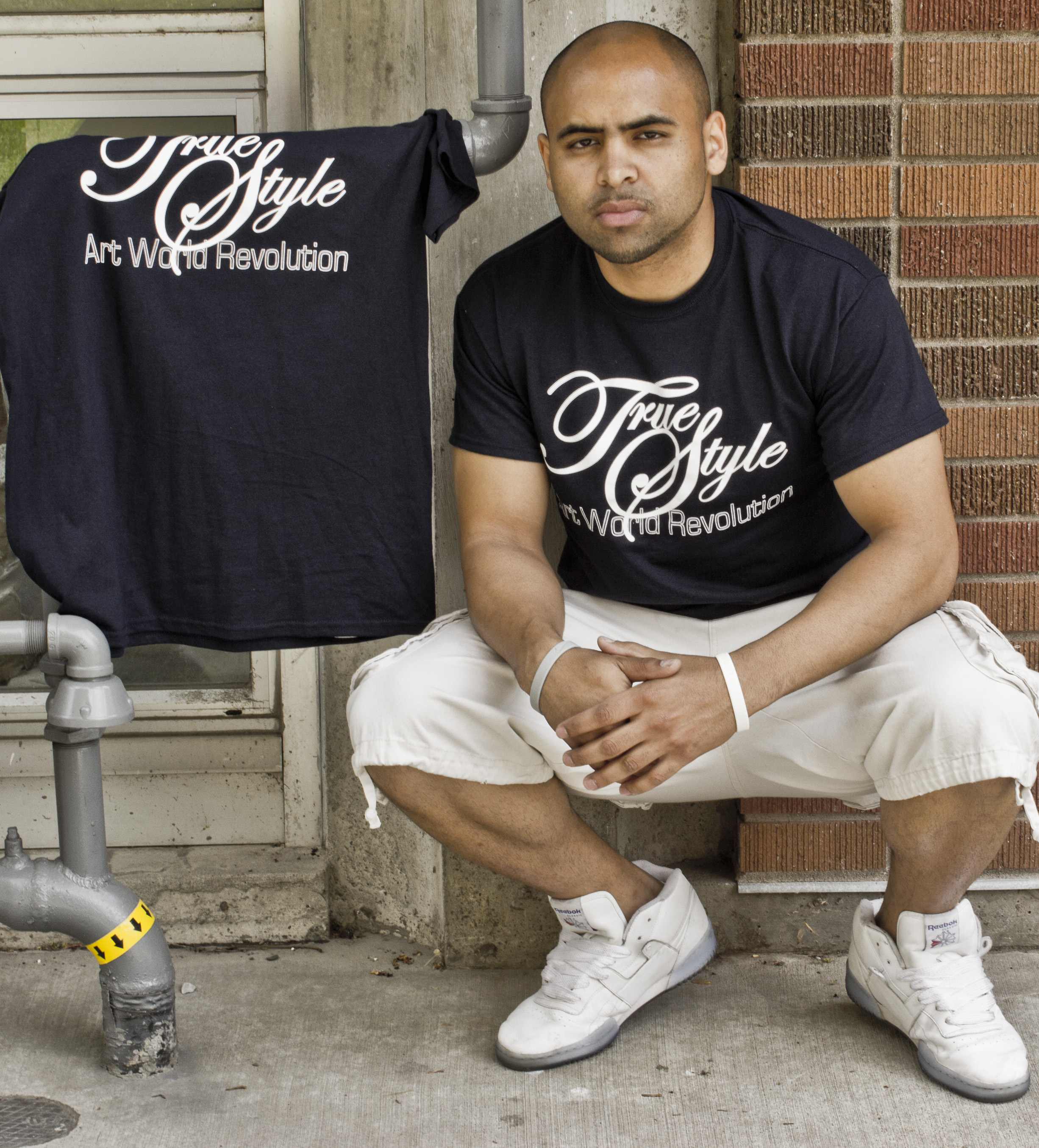39 year-old Joshua Gillen was not expecting such life-altering experience when he prayed for something to change last year.
Gillen, a local artist, says he was at one of his lowest points when a sudden brain injury sent him to local hospitals in November 2012. MRI’s showed swelling and bleeding in his brain, and neurosurgeons at Sacred Heart removed a section of his skull and installed a shunt in his head, in order to take the pressure off his brain.
“I was in such a dark place before all this happened, but now I’m grateful to be alive,” said Gillen. “My parents were with me in the hospital, and my sisters. I don’t remember it, but knowing they were there for me means so much. It really affected them seeing me like that.”
Gillen has been an artist most of his adult life, and his ability to paint has been drastically affected by his injury, but his desire to paint has not.
“I’m having to relearn how to take the emotions and images in my head and get them out,” said Gillen. “It’s a process; my synapses are trying to find each other again.”
Gillen participated in some classes held at the SFCC Sn’Wy’Mn building (24) this last Spring, hosted by TBI Survivors Network for persons with traumatic brain injuries. He also took a journaling class through them to help build on his ability to write again.
“I had to learn how to do everything again, even my head is shaped different now,” said Gillen. “I don’t remember most of my time in the hospital. I’ve seen videos of me re-learning how to shave after surgery, but I have no memory of it.”
He has no idea how his injury happened. He admits to drinking heavily in the weeks before the injury, but does not remember any specific fall or bump to the head that might have caused such a trauma.
“Three days before this all happened, I just prayed for something different in my life … I’m not even religious and I wasn’t speaking to any particular god. I was just so miserable I wanted something to change. Be careful what you wish for, I guess,” said Gillen.
He began painting when he was 20, and used acrylics and oils on canvas or wood. His older paintings are host to a variety of styles, from the abstract to the geometric and have a strong emphasis on philosophical symbolism. He also dabbled in sculpting stone using old dental tools.
His artwork post-injury shows his progression from being unable to find form immediately after his accident, to now painting more clear and symbolic works. Most of his current paintings have been inspired by documentaries he’s seen on television recently.
Gillen hopes to eventually get to a point similar to where he was before his injury, but admits that he always wanted his art to morph into something different somehow.
“I tell my kids not to take life for granted,” said Gillen. “It’s too short. Enjoy it. Live it.”



